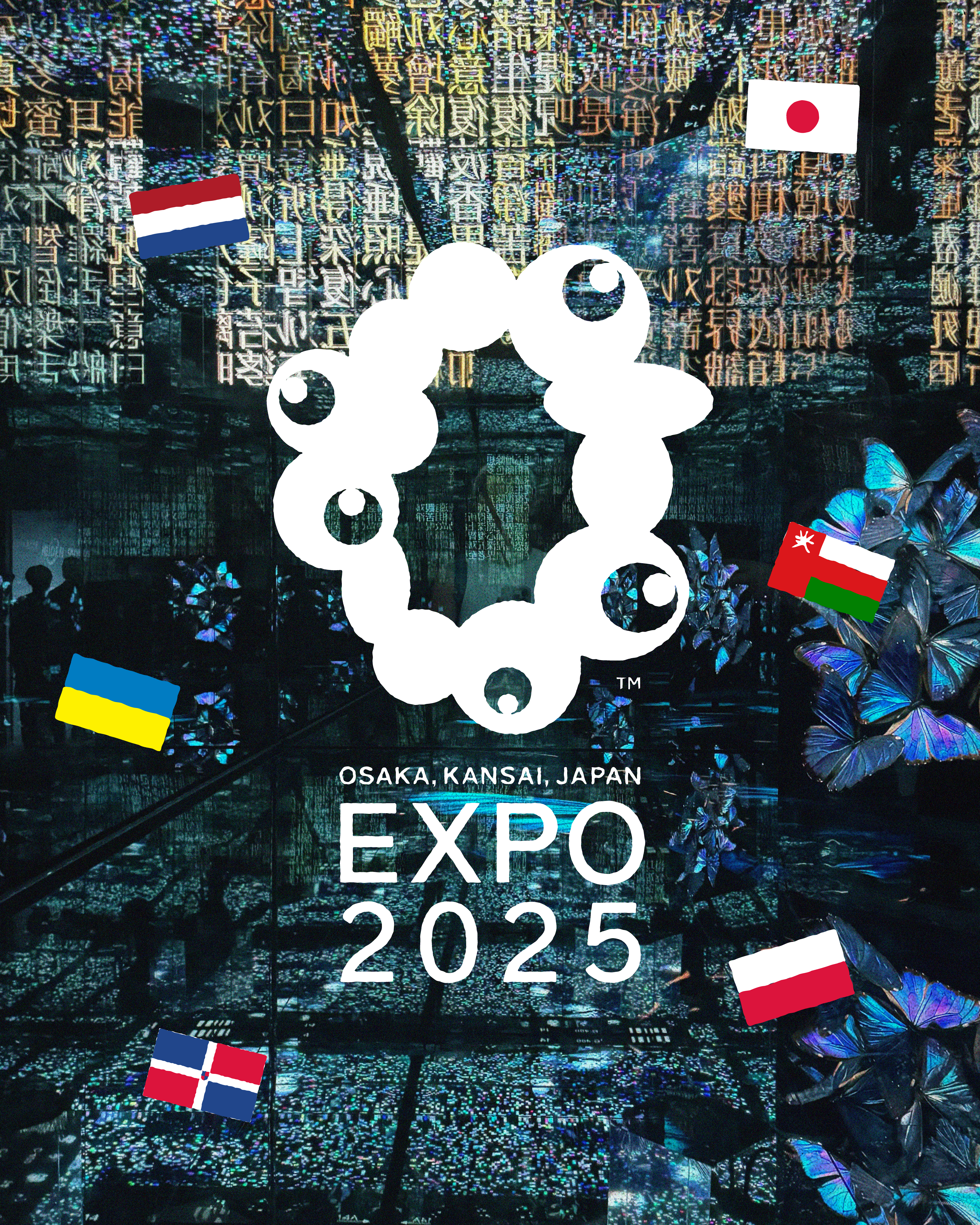As someone who creates experiences for a living, walking into the Osaka World Expo felt like stepping into a global sandbox for experience design. It’s not every day you get to speedrun through dozens of world-class exhibits, each competing to tell its story to an overstimulated audience in minutes.
And that’s what struck me most: the best ones didn’t try to do everything, though I’m sure it was tempting. They told one story, and told it well.
The Power of a Tight Story
Yes, there were pavilions with massive screens, immersive projections, and cutting-edge tech that stopped you in your tracks. But those moments didn’t always stick. The ones that did were the pavilions that understood something we, as experience designers, talk about all the time: attention is finite, and clarity is memorable.
A focused story gives visitors something to hold onto. It turns spectacle into significance.
Too many pavilions tried to do it all by packing in every possible topic, theme, and message until it all started to blur together. But the ones that made an impact were intentional, digestible, and emotionally resonant.
Four Pavilions That Nailed It
While I couldn’t see every pavilion (the reality of four-hour lines and complicated reservation systems made that impossible), a few stood out to me for how they used storytelling in different but equally effective ways:
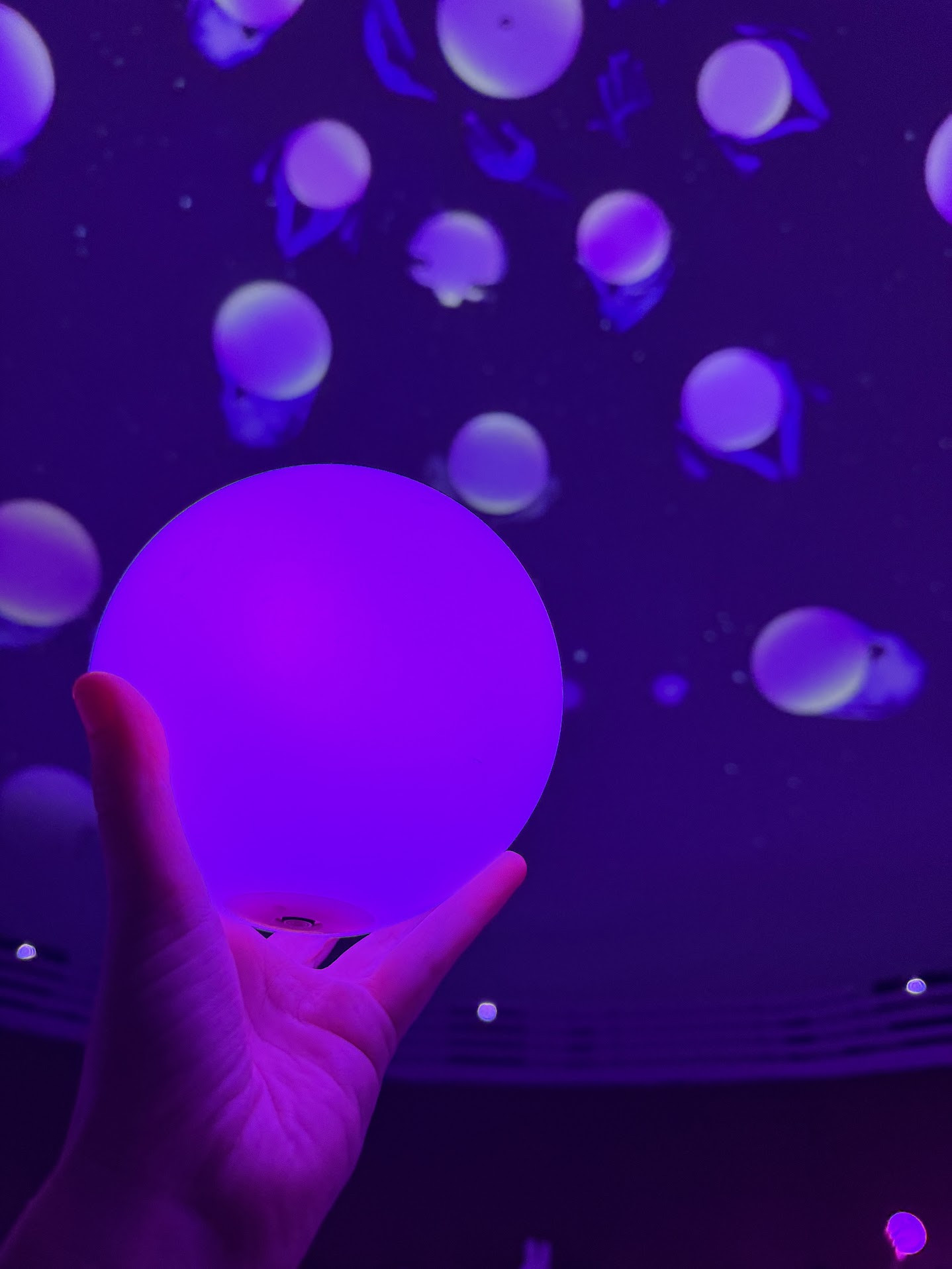
🇳🇱 Netherlands – The Netherlands Pavilion focused entirely on the country’s relationship with water. Each visitor carried a glowing orb that activated storytelling moments throughout the space, culminating in a collective finale where every orb illuminated together. The strength was in its consistency of one theme, carried seamlessly from start to finish. The orb wasn’t a tech flourish; it was the thread tying the story together. A clear example of how focus and interactivity can keep people engaged without overwhelming them.
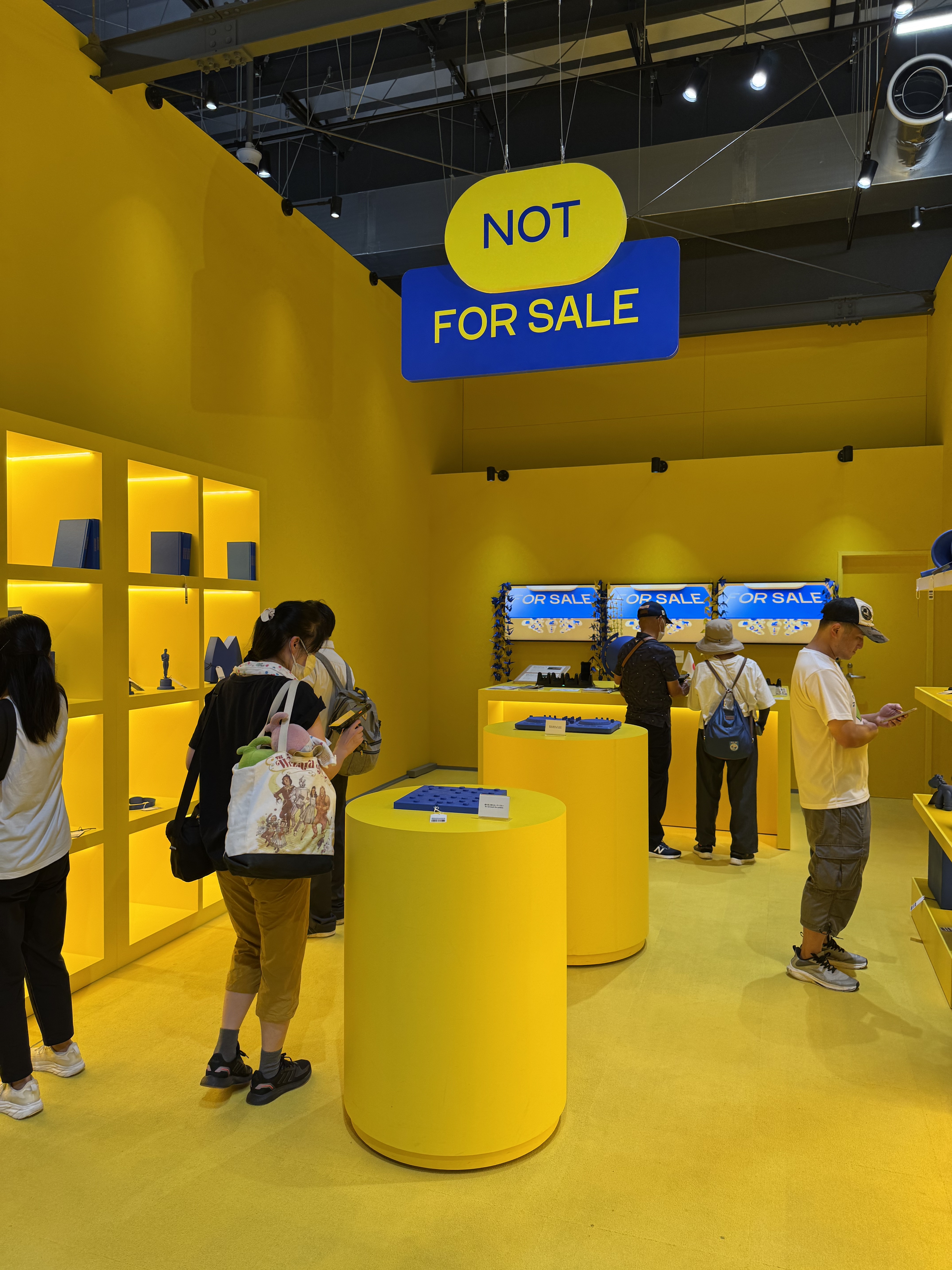
🇺🇦 Ukraine – Ukraine’s “Not For Sale” pavilion delivered its message through a single, sharp metaphor: the barcode. Inside a simple retail-like space, visitors scanned ordinary items to reveal powerful videos about the human cost of war.
It was a poetic and powerful narrative of resilience and hope, using minimalist design and symbolism to say more with less, and integrating technology in a way that felt effortless and essential to the story.
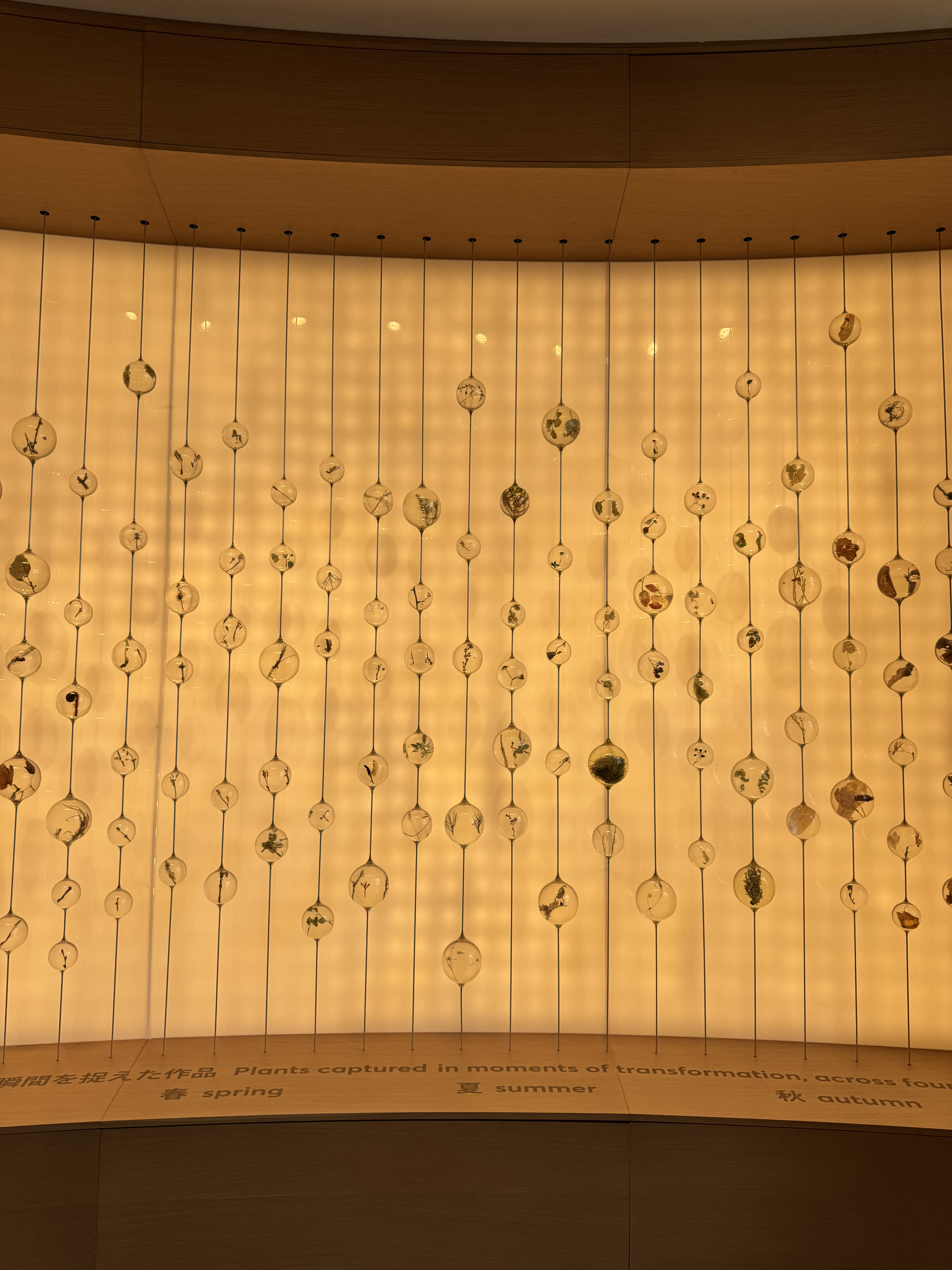
🇵🇱 Poland – The Poland Pavilion was beautifully crafted, a welcoming reprieve from the chaos, and consistent in its story of nature and culture. That theme was brought to life thoughtfully through technology, like touchscreens set into handwoven tables and projections on ethereal layers of scrim.
Highlights included creating a digital “Spirit Plant” based on chosen values, a room of a constellation of glass spheres showcasing native plant species, and a kinetic wall of 140 brush-like instruments made from traditional materials that turned in unison to create an orchestra of rustling sounds. The experience concluded with a panoramic projection of the Spirit Plants generated at the start, growing together into a collective digital garden.
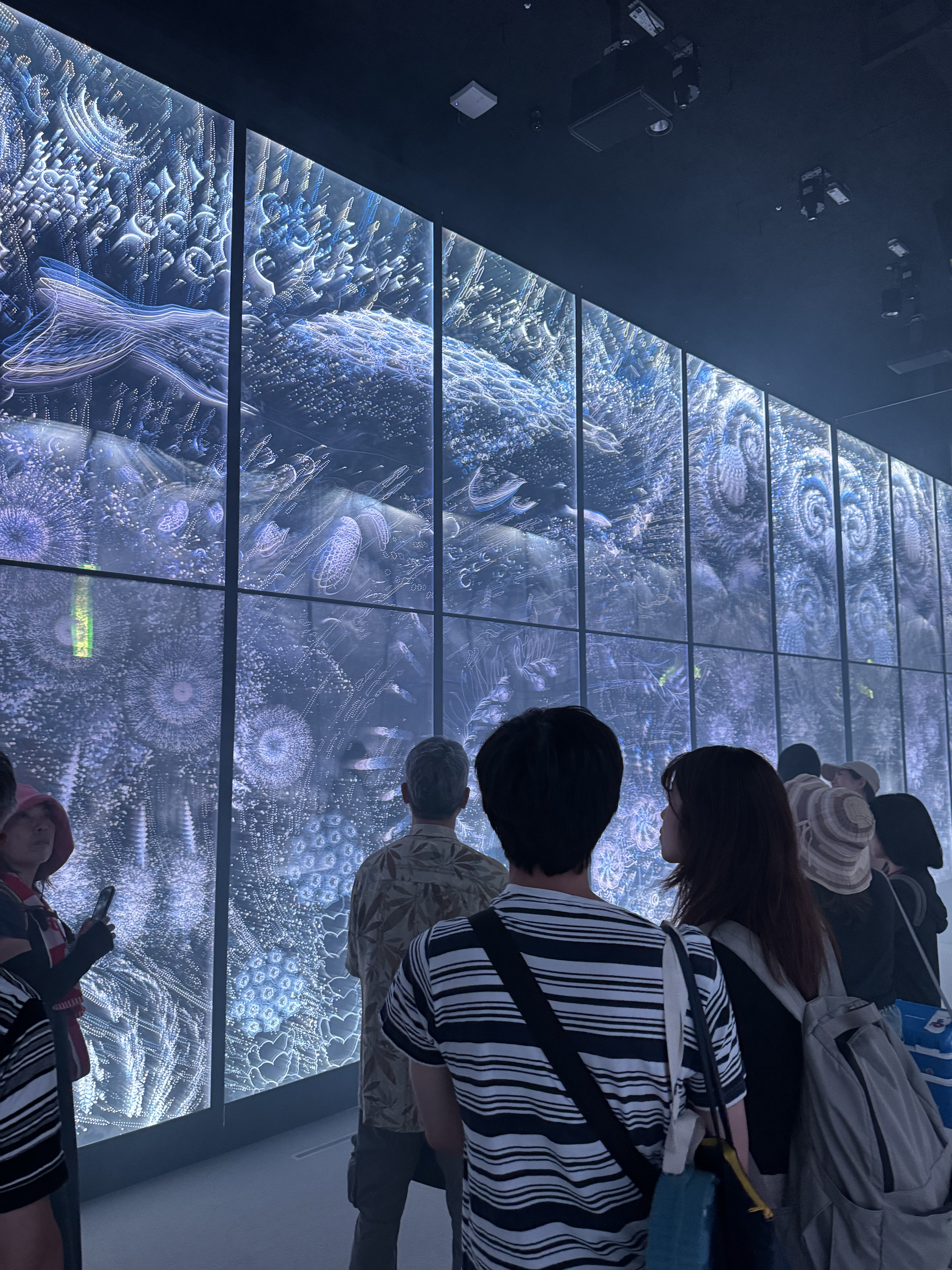
🇴🇲 Oman – Oman’s pavilion offered an unexpectedly rich, concise, and captivating experience connecting land, water, and people through powerful storytelling. The entry hall set the tone with caustic light rippling across the walls from a thin layer of water suspended overhead on a glass ceiling.
Small groups were guided into an immersive space where audio, light, and projection told the story in perfect harmony, amplified by mirrors that infinitely reflected the content. A second room deepened the narrative through a beautifully animated film, and guests exited through a corridor filled with scented bubbles infused with frankincense.
It stood out because it never tried to do too much. The technology elevated the story rather than competing with it, and the environment felt grounded, peaceful, and memorable.
Why This Matters Beyond the Expo
The World Expo is a reminder that designing for everyone and every message at once often means reaching no one deeply. Whether you’re a nation, a brand, or a creative team, the most memorable experiences aren’t necessarily the biggest — they’re the ones that know exactly what they want people to feel and remember.
As experience designers, it’s a good gut check. Are we aiming for scale, or are we aiming for story? The best work, as the Osaka Expo proved, is when those two things meet, not in competition, but in harmony.

